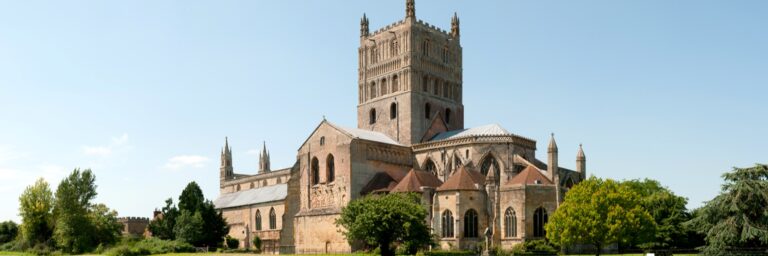| CC4HH
African American Abolitionists in Gloucester
This year, our students are working on a number of important local history projects covering the hidden lives of prominent women, exploring the experiences of lockdown, and uncovering links with slavery. All the projects will be exhibited in September as part of the ‘City Voices’ programme of the Gloucester History Festival. This post is one of five projects, and explores the visits of former American slaves to Britain in the 19th century. Group members include Bethan Burley, Abbie Coleman, Alivia Middleton, Rebecca Taylor.
Our project focuses on African American abolitionists that visited Gloucestershire in the 19th century. We are examining their impact on the abolitionist movement as a whole, along with the methods they used in order to bring about the abolition of slavery. Going into this project, we knew a little bit about abolitionists in America. However, we knew nothing about the work of African American abolitionists in England, the impact that they had whilst here, or even the reasons why they came to England in the first place.
The connections between slavery and Gloucestershire are evident over hundreds of years. One of the earliest relevant documents dates from 1603. In England, slavery wasn’t abolished until 1834, and because of the amount of money generated in Gloucestershire through the operations of the slave trade, there was a good deal of local resistance to the abolitionist movement. British and American abolitionists joined forces in the call to end slavery, delivering lectures hosted across the county.
Our project focuses on four African American abolitionists that were identified in the work of Hannah Rose Murray, and the Frederick Douglass in Britain and Ireland project: Moses Roper, William Wells Brown and William and Ellen Craft, all of whom delivered talks in Gloucestershire in favour of the abolition of slavery.
Moses Roper was one of the first escaped slaves to travel to Britain, and his very first lecture was delivered in Gloucestershire. With the aid of British abolitionists, Roper gained a university education and told gruesome stories of his experiences on the slave farms in North Carolina and Florida.

William Wells Brown was a prominent African American abolitionist lecturer, novelist and historian in the United States. His time in Britain had a lasting impact. His personal objectives indicated his desire to educate others on the wrongs that were still being committed towards slaves and the free coloured people in both America and Britain. He often addressed the issues of slavery as a lecturer and a fugitive tourist. His success is reflected in a growing audience that sparked conversations and debates, benefiting his work as an anti-slave activist.

William and Ellen Craft made their escape from slavery to north America in December 1848 travelling by train. Their escape was made easier by Ellen’s ability to cross dress and pass William off as her servant. When they were threatened by the fugitive slave act, they emigrated to England. They continued their work as abolitionists by giving lectures across the country. They later returned to the United States where they set up education facilities for freed slaves’ children.

One of the main resources we’ve used in this project is the British Newspaper Archives. British newspapers included articles on all of the abolitionists we’re looking at and although there was not much on them in Gloucestershire the information provided for their travels throughout the country has allowed us to form an impression of what they may have done during their time in Gloucester and Cheltenham.
Overall, we aim to highlight how much of an impact these African American abolitionists had in Gloucestershire by reviewing what they did, what they said, how they interacted with other abolitionists and their contribution to the fight for racial equality.



